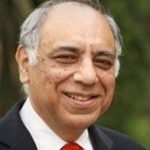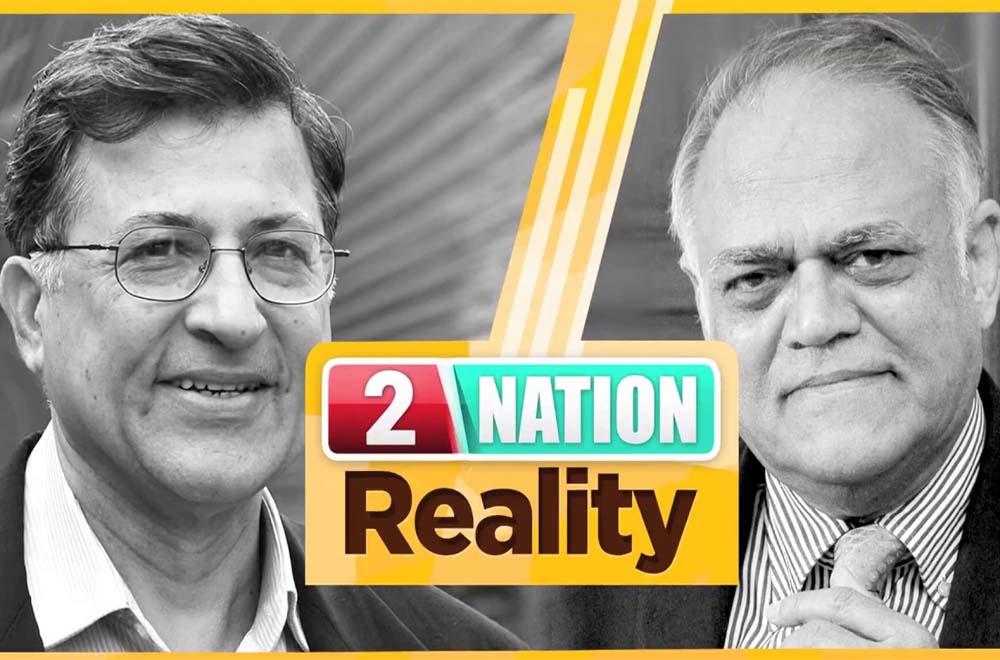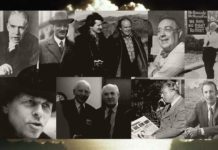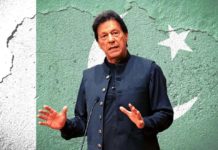Many viewers of the video produced by Javed Jabbar labelled Dr. Hoodbhoy “anti-national” for his efforts, is greatly to be regretted. Dr. Hoodbhoy could easily have been a chaired professor at any of the leading universities in the world. The fact that he has chosen to train students in Pakistan and fight a lonely fight needs to be acknowledged, lauded, and appreciated.
By Anjum Altaf
And the Winner is PERVEZ HOODBHOY.
After a 10-round contest, Pervez Hoodbhoy comes out ahead winning 5 rounds to Javed Jabbar’s 1 with 4 drawn.
It was a comfortable margin at the end but the contest was close for quite some time. Mr. Jabbar came out strangely groggy virtually conceding the first two rounds. He then clawed one back when Dr. Hoodbhoy slipped on the mat in Round 3. The next four rounds were drawn as neither contestant threw any convincing punches. Dr. Hoodbhoy was much more sure-footed in the last three rounds and Mr. Jabbar just wilted under the pressure.
The only conclusion one can draw is that Mr. Jabbar really did not intend to engage with Dr. Hoodbhoy at the intellectual level.
The big surprise, indeed the big puzzle, was why Mr. Jabbar put up such a weak performance. He is by all accounts a seasoned professional but his skills were conspicuous by their absence. This is all the more a mystery because he was fighting on his own turf. Dr. Hoodbhoy’s remarks had been snipped out of a longer speech while Mr. Jabbar had all the time at his disposal to prepare his response.
The only conclusion one can draw is that Mr. Jabbar really did not intend to engage with Dr. Hoodbhoy at the intellectual level. It was as if he saw his reward not in the contest but just in the showing up and being recognized. Stranger things have happened.
If the latter is indeed the case, it is a great pity because the issues being contested were of the highest importance. They are not, as many claim, old history that ought to be left behind in the interest of moving on. In fact, each one of them casts a big shadow on the present and weighs on the directions that are possible for the future.
Take the national question, for example. It was instrumental in the breakup of the country in 1971 and continues to mar relations between the Center and the provinces to this day. Or, take the issue of a centralizing ideology that severely constricts the paths leading to the future. Not only that, it constrains both civil liberties and regional relations that are vital for the development of the country.
Among the most important questions is the determination of the intended beneficiaries of the struggle for Pakistan. For whom was the country intended and how has the reality played out? Both ideology and the national question have a bearing on the answer to that question. Pakistan has been badly left behind in the world because of the unexamined burden it has been carrying, a fact that is illustrated starkly by the faster progress in the erstwhile East Pakistan across all indicators that matter for the welfare of ordinary citizens.
The fact that Dr. Pervez Hoodbhoy has chosen to train students in Pakistan and fight a lonely fight needs to be acknowledged, lauded, and appreciated.
It is in this context that one should express one’s gratitude to Dr. Hoodbhoy for continuously raising the issues that many would like to brush under the rug. The fact that many viewers of the video produced by Javed Jabbar labelled Dr. Hoodbhoy “anti-national” for his efforts is greatly to be regretted. Dr. Hoodbhoy could easily have been a chaired professor at any of the leading universities in the world. The fact that he has chosen to train students in Pakistan and fight a lonely fight needs to be acknowledged, lauded, and appreciated.
The fact that Dr. Hoodbhoy is on solid ground is evident from the way Mr. Jabbar has conceded the former’s primary assertions even while trying his best to whitewash them. On Bangladesh, Mr. Jabbar’s response was “The massacres that occurred in which thousands of Bangladeshi brethren were killed was unpardonable.” On Balochistan, he said “They want the fulfillment of their rights, which we owe to them.” On the role of the armed forces, he said “sometimes that role is not what the armed forces should have done. For example, coming in to the political sphere, the armed forces should not have done that.” Mr. Jabbar had no answer to Dr. Hoodbhoy’s claim that Pakistan was in a state of confusion; the best he could do was to redefine confusion as something desirable. Mr. Jabbar’s labelling of Dr. Hoodbhoy’s statements as “quarter truths, half-truths, or no truths” is belied and his assertion insufficient to make them so.
These are major concessions by Mr. Jabbar confirming the strength of Dr. Hoodbhoy’s arguments. In an intellectual debate, readers have to learn to engage with the arguments on their merits and need to have the moral courage to acknowledge the truth even when it goes against their deepest convictions. Only the ability to come to terms with the past can guarantee a better future. The fact that Dr. Hoodbhoy’s tone is deemed aggressive and Mr. Jabbar’s gentle ought not to distract intelligent people from the merits of the views being expressed.
The future of Pakistan and its suffering people rests in the hands of its young students. It is their obligation to debate the tough issues and develop the ability to distinguish platitudes from truth no matter how unpalatable.
(This is summing up of the series of articles, a detailed analysis of former Minister and Senator Javed Jabbar’s video he had released in response to a speech of Prof. Dr. Pervez Hoodbhoy at a literary festival in Karachi. The Preamble of the analysis can be read by clicking here. For analysis of all 10 rounds, click here.)
 The writer has PhD from Stanford University. He was a Dean at the Lahore University of Management Sciences (LUMS) and Provost at Habib University in Karachi.
The writer has PhD from Stanford University. He was a Dean at the Lahore University of Management Sciences (LUMS) and Provost at Habib University in Karachi.








